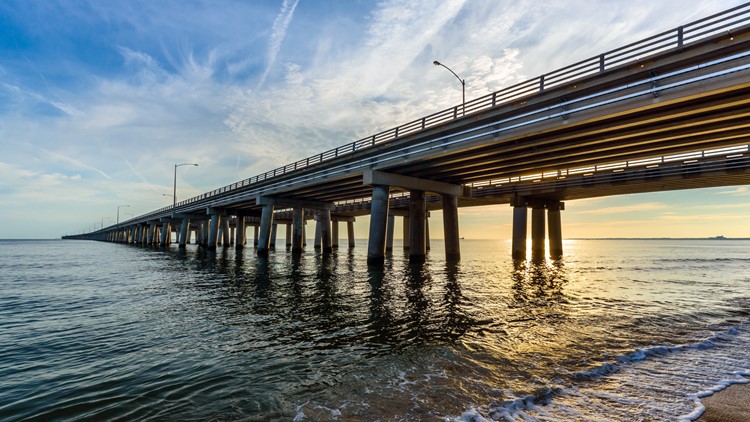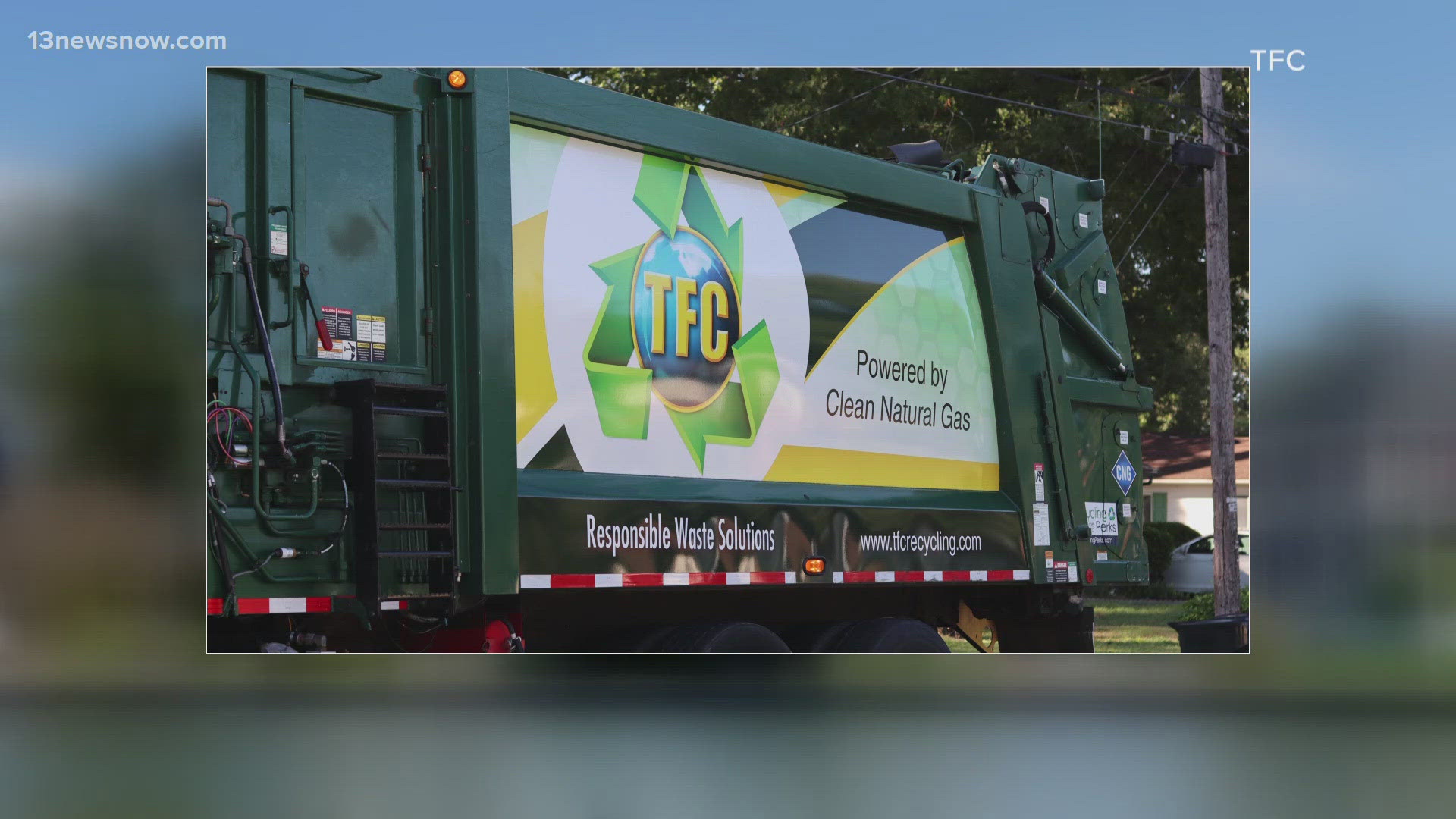CHESAPEAKE, Va. — The Chesapeake Bay received a C+ overall health grade from scientists at the University of Maryland’s Center for Environmental Science on Tuesday.
The grade comes from UMCES’s annual Chesapeake Bay and Watershed Report Card, which has studied the health of the nation’s largest estuary for over 40 years.
The Chesapeake Bay watershed is a vast network of more than 180,000 miles of streams, creeks, and rivers across six states including Delaware, Maryland, New York, Pennsylvania, Virginia, and West Virginia, as well as the District of Columbia.
The report uses seven bay indicators to assess the aquatic ecosystem, such as water clarity, underwater grass growth, phosphorus, nitrogen, and oxygen amount measurements at different water depths, and the condition of the organisms living in or on the bottom of the bay.
When accessing the bay’s watershed health, the report also looks at ecological, societal and economic aspects that may affect the Bay’s overall health. This year’s watershed was identical to last year’s at 52%, or a grade of C.
The overall C+ grade is the highest since 2002.
“There is still much to do, but this is a strong indicator of progress," said Adam Ortiz, the Environmental Protection Agency's mid-Atlantic regional administrator. "After being off track, the partnership is now accelerating progress. In recent years, EPA has stepped up enforcement, accountability, and investments and it is paying off. These efforts have helped spur historic results among upstream and downstream states and all sectors, especially agriculture.”
"While a C+ is an improvement, it’s clear that far too much pollution is still entering the Bay," said Chesapeake Bay Foundation Vice President for Environmental Protection and Restoration Alison Prost. " We can and must do more for the Bay, its rivers and streams, and the communities that depend on them."
This year’s UMCES report is also noteworthy because researchers said they are building a human-made debris indicator to understand the different types of contamination from items like plastic bags and bottles. Currently, not all of this debris is monitored, and the data is not collected uniformly across the bay and watershed. Researchers hope the information will be used to create targeted prevention and mitigation strategies.
“There’s a lot of things we can do on a personal-behavior level to reduce the plastics that end up in the bay," said Bill Dennison, a UMCES professor and vice president.



